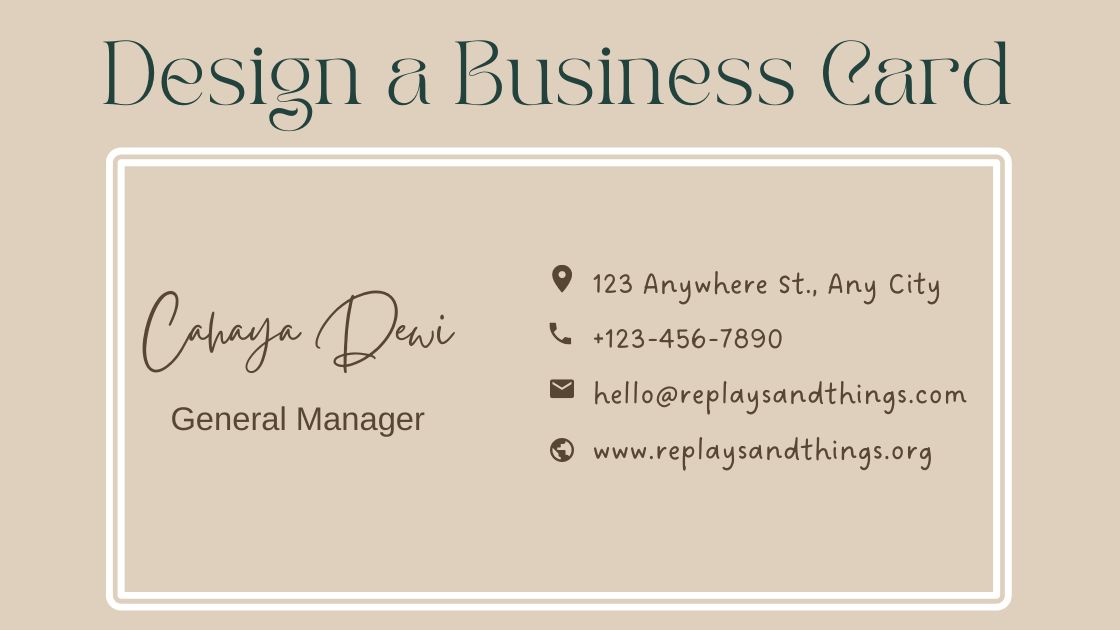Design a business card may seem daunting at first, but with the right approach, it can be a straightforward and rewarding process. In this guide, we’ll break down the steps to create a professional-looking business card easily. Whether you’re a freelancer, entrepreneur, or representing a company, a well-designed business card is a powerful tool for making connections and leaving a lasting impression. Let’s explore the easy steps to design your own business card effectively.
Design a Business Card Easy Step
Choose a Template Reflecting Your Brand’s Personality
Select a design that aligns with your brand’s identity and resonates with your target audience. Whether you prefer a clean, modern look or a colorful, playful design, ensure it accurately represents your business.
Find the Right Typeface
Use a font that reflects your brand’s tone and is easy to read. Consider the readability and legibility of the typeface, ensuring that all essential information is clearly visible.
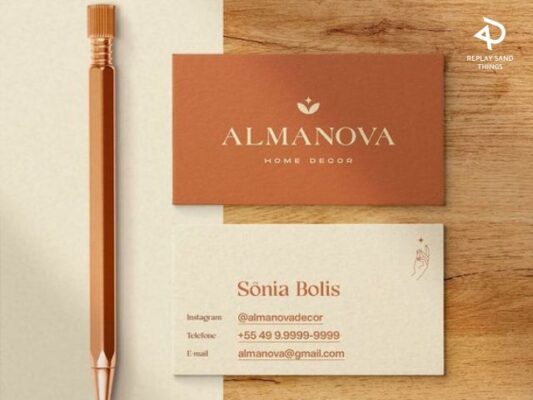
Settle on Size and Shape
Decide on the size, orientation, and shape of your business card based on your brand’s personality and the message you want to convey. Stick to conventional rectangular cards or opt for something more unconventional like square or vertical cards for added impact.
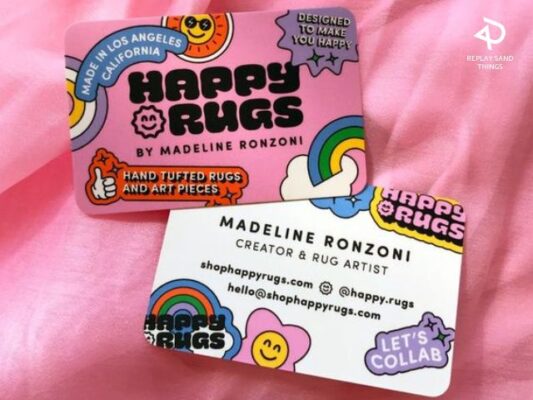
Organize Your Information
Include all necessary contact details such as your name, job title, business name, phone number, website, email address, and social media handles. Ensure that the layout is clear and easy to follow, with the most important information prominently displayed.
Think Dual-Purpose
Utilize both sides of the card effectively by incorporating appointment reminders, loyalty stamps, or additional brand information. Maximize the space to showcase more about your business and engage customers.
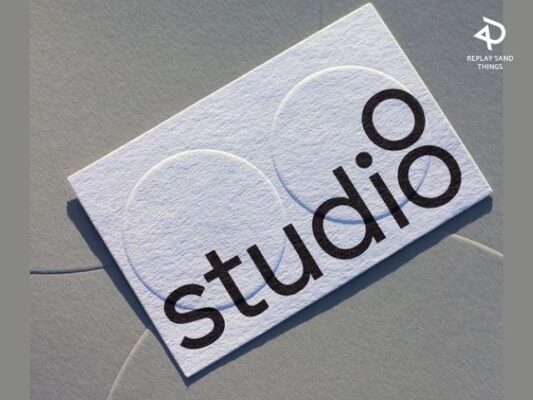
Maximize Your Logo
Place your logo prominently on one side of the card to reinforce brand recognition. Ensure that your logo is visually appealing and aligned with your brand’s identity.
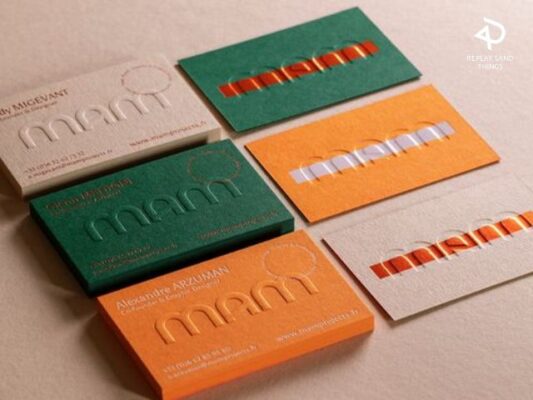
Leave Some White Space
Avoid cluttering the card with too much text or design elements. Leave adequate white space to enhance readability and draw attention to key details.
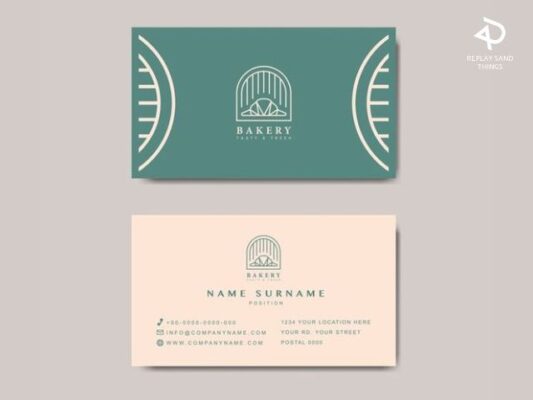
Add Something Special
Consider incorporating special design elements or print treatments such as foil accents or embossed gloss to make your card stand out. Choose paper stock that complements your brand and adds a tactile feel to the card.
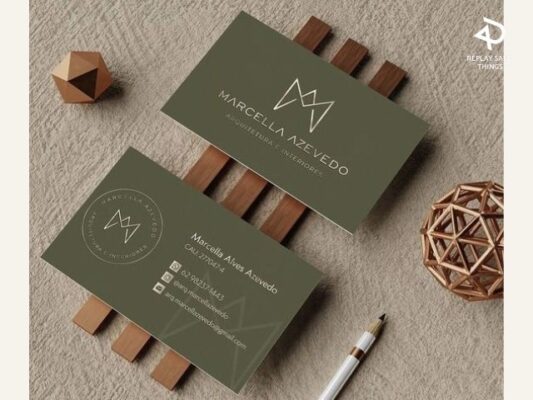
Include a Call to Action
Encourage recipients to take action by including a compelling call to action on your business card. Consider using QR codes to provide quick access to your website or special offers.
Proofread Thoroughly
Before printing, carefully proofread your business card to ensure there are no typos or errors. Enlist the help of others to review the card and ensure its accuracy.
Conclusion
In conclusion, designing an effective business card involves careful consideration of various elements, from choosing the right template and typeface to maximizing your logo and adding special design elements. By following these steps and avoiding common pitfalls, you can create a professional and impactful business card that accurately reflects your brand’s personality and facilitates meaningful connections with potential clients or customers.
Related Post
Logo Design Basics: Getting Started with Style
Top 13 Elegant Script Fonts for Wedding Invitations
Top 15 Handwriting Fonts Popular

